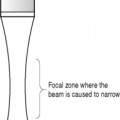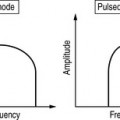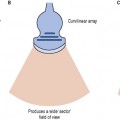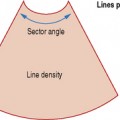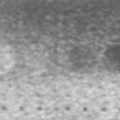Chapter 8 Ultrasound interactions and attenuation
ATTENUATION
As the ultrasound beam travels through the body it loses energy. The intensity and amplitude of the sound wave decreases, and this process is known as attenuation.
It therefore follows that returning echoes from deep within the patient will be of a much lower intensity than the initial beam of sound passing into the patient. It is for this reason that imaging equipment has a time-gain compensation (TGC) or depth-gain compensation (DGC) control, to allow for greater amplification of the weaker echoes returning from deeper within the body.
A variety of processes cause attenuation, but the five main processes to be considered are:

